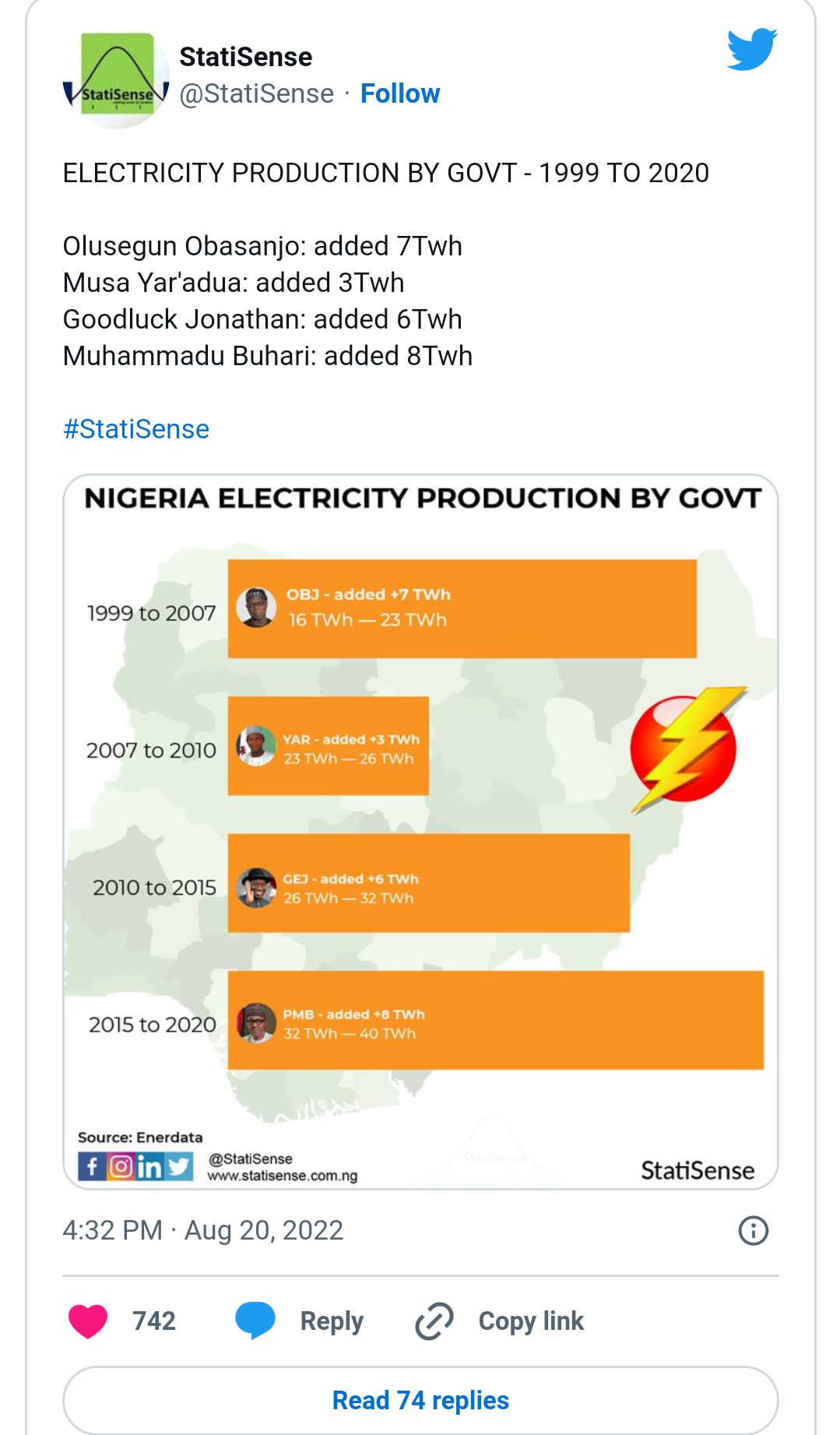News
How Peter Obi plans to fix Nigeria’s power sector and guarantee stable electricity
On Saturday, December 3rd, 2022, Peter Obi, the Labour Party presidential candidate, officially released his campaign manifesto.

The 72-page document, titled “Our Pact with Nigerians: Creating a New Nigeria”, is detailed with plans and policies which Obi hopes to adopt to rescue Nigeria in every sector if elected president in 2023.
As regards tackling the chronic power issues in Nigeria, the Labour Party candidates expressed strong determination to address the issues in the sector and to deliver to all electricity users a stable power supply, which will, in turn, improve livelihood and boost the economy.
Nigeria’s power sector is hinged on three important stages – Transmission, Generation and Distribution.
Transmission In the area of Transmission, Obi stated that his administration would make necessary efforts to access technical control and management of the national grid, which is being strengthened by Siemens following a contract it signed with Nigeria.
Presently, only 3.4 GW of 13GW of grid generation capacity installed across Nigeria reaches consumers on average. Obi’s administration will restructure the Transmission Company of Nigeria (TCN), installing competent and experienced management to deliver grid stability.
To ensure that this management contract succeeds, the Nigeria-Siemens network improvement deal worth about $2.3 billion will be completed to achieve 7,000MW stable capacity by 2023. Following the plan, 11,000MW and 25,000MW capacity will be respectively achieved by 2024 and 2025.
In the Northern part of the country, Obi plans to ensure uninterrupted power by the end of 2024 by re-engaging the 14 Independent Power Producers (IPPs). The capacity of the 14 plants will be increased to achieve 5,000MW generation by expanding the projects.
His administration will then sign new PPAs for 8,000MW of solar and wind plants with experienced local and international developers with a commercial operation date of December 2025 for Lagos, Port Harcourt and Warri offshore wind farms.
In the south, each state would be supported to develop embedded power plants scaled up to about 300MW from locally-sourced gas in and around the states. To achieve this, power plants will be located close to gas lines that travel through the states to make the gas inputs to the embedded power plants as cheap as possible. Other import points include:
Completion of the Mambilla HEP Project to deliver 3,050MW; the Kashimbila Dam project to deliver 40MW; and the Dadinkowa HEP plant to also deliver 40MW.
Refocus Nigeria Electrification Project by the Rural Electrification Agency to scale up the supply of electricity access to off-grid communities via collaborations with the private sector and international development finance institutions (DFIs) Develop 100,000 mini-grids nationwide by the end of 2024, providing reliable power supply for up to 750,000 rural SMEs, federal universities and university teaching hospitals across the country.
Distribution According to the manifesto, Obi plans to work closely with NERC to support DisCos to properly and efficiently focus on providing stable and adequate power to electricity users. To ensure cost-reflective energy tariffs and end estimated billing which is an opaque and unfair way to measure and sell energy to customers.
Ensure the completion of the National Mass Metering Program (NMMP) and also demand DisCos to replace all damaged and archaic under the NMMP in strict compliance with the Metering Code and other extant regulations by the end of 2023.
DisCos will be supported in solving distribution and transmission obstructions by the end of 2023 and cut losses to single digits.
Nigeria generated more electricity under Buhari than Obasanjo, Yar’Adua, Jonathan Legit.ng earlier reported that more power was generated in President Muhammadu Buhari’s administration than in his predecessors since 1999.
According to StatiSense, StatiSense, a data consulting firm, while 7 terawatt-hours of electricity was added by Olusegun Obasanjo’s administration, Musa Yar’dua’s administration added 3Twh. Goodluck Jonathan’s administration added 6Twh, and Buhari added 8Twh.





